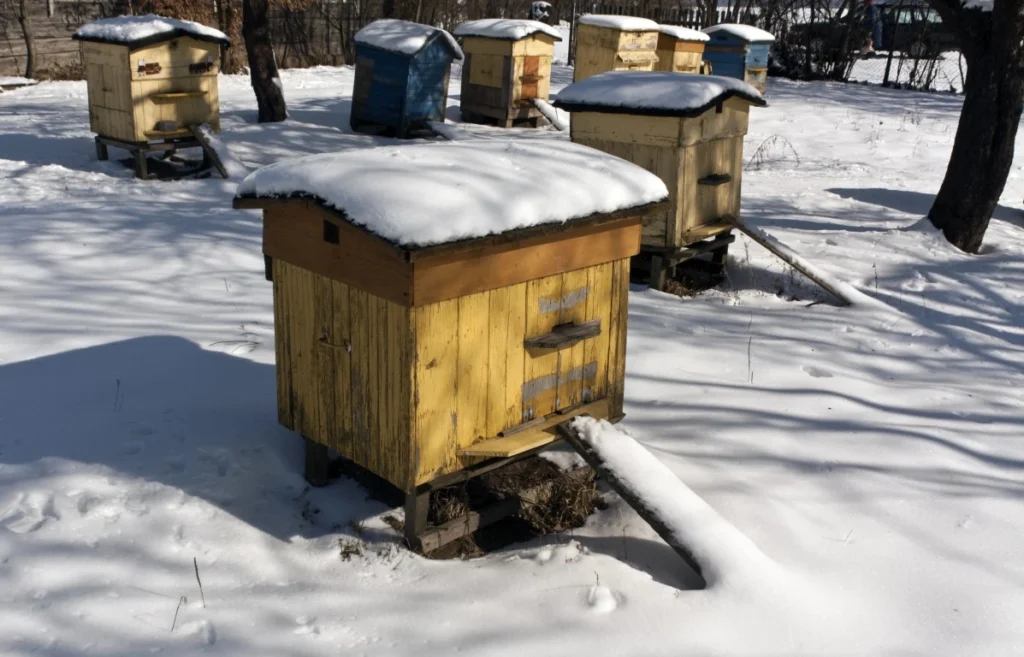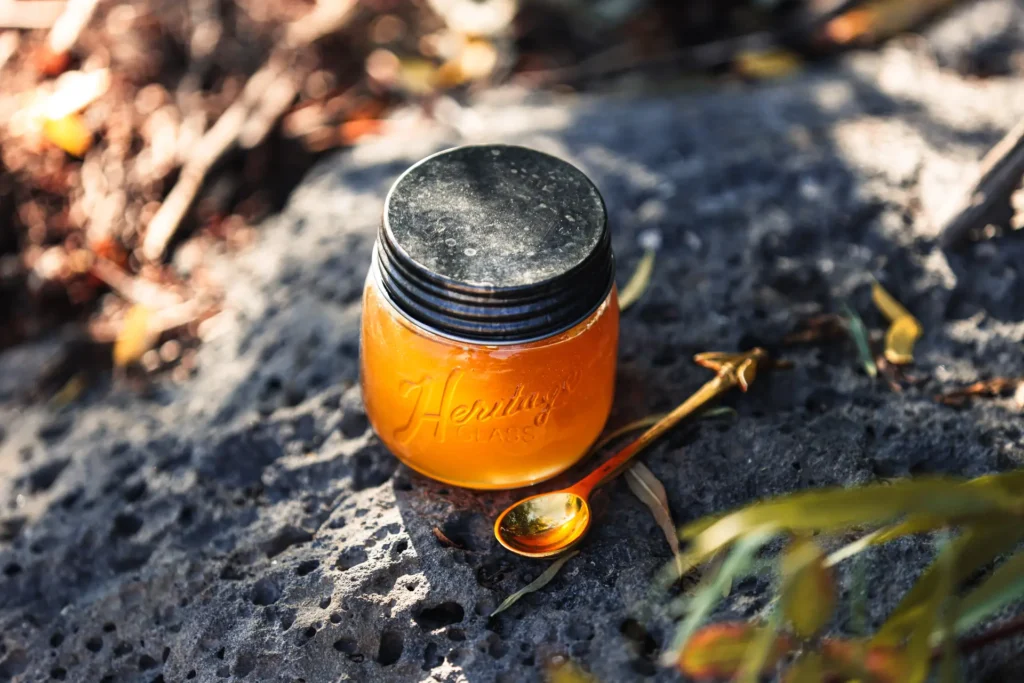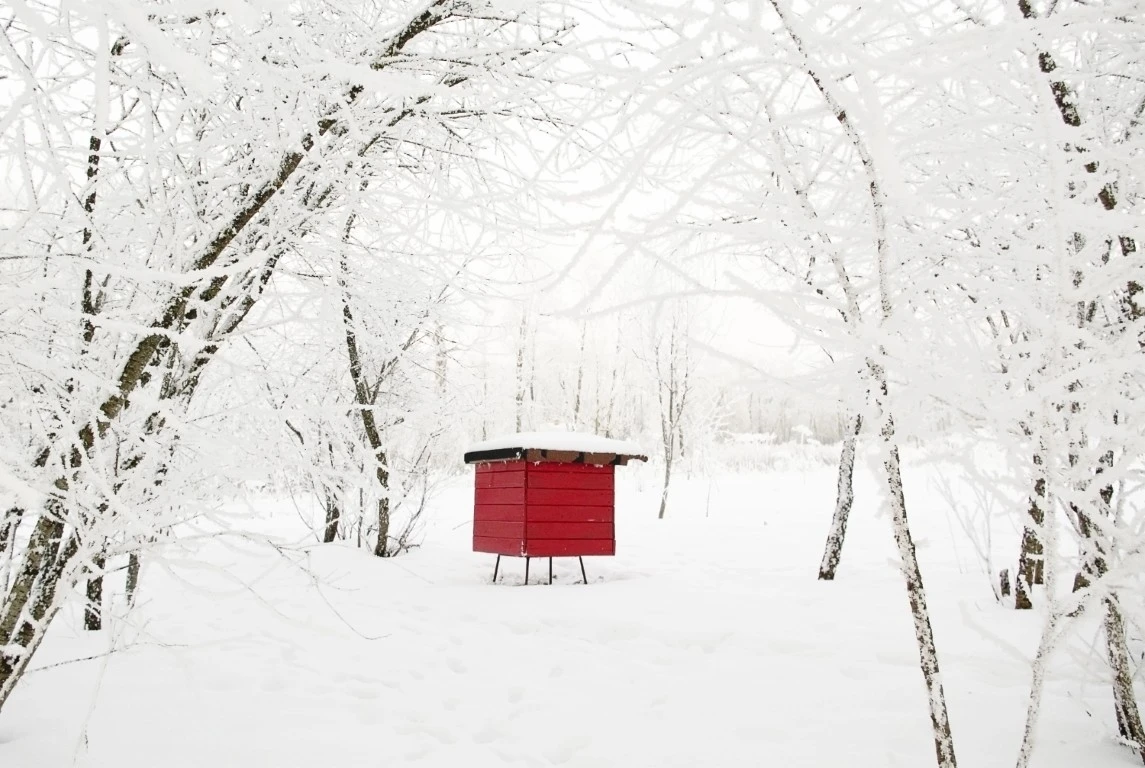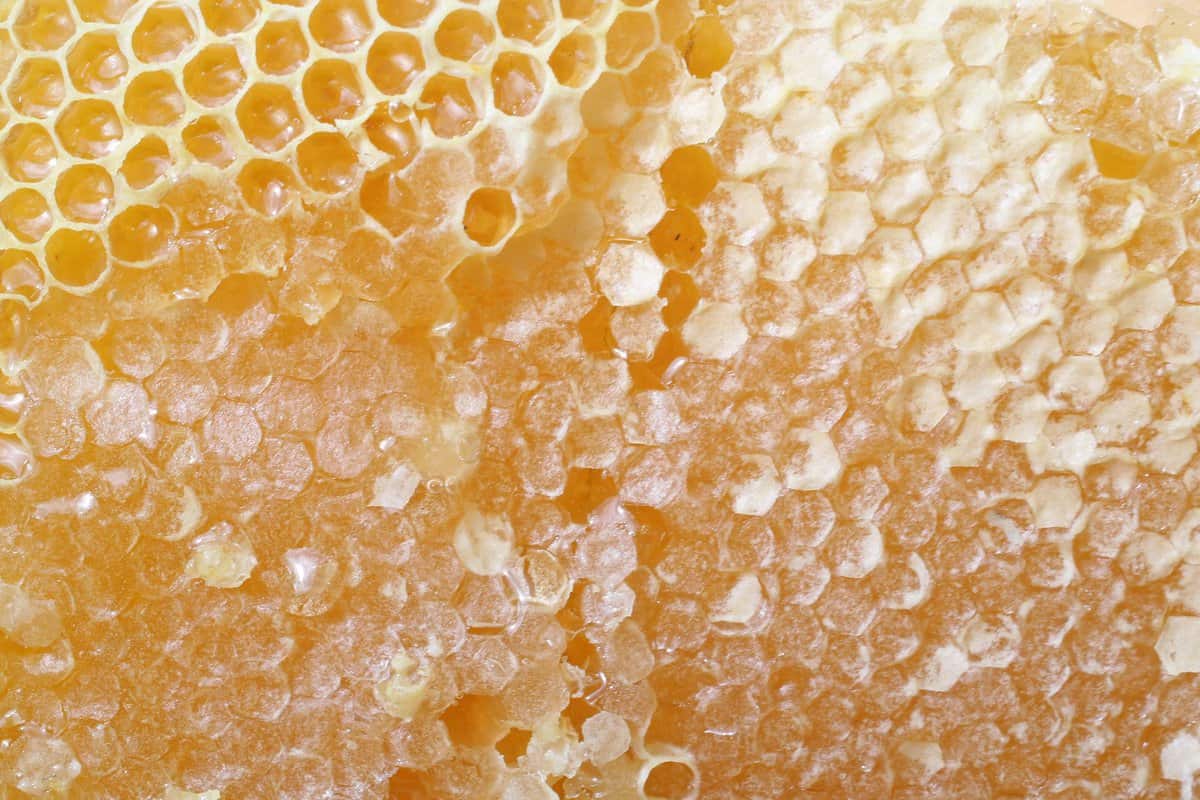Your cart is currently empty!

How Weather Impacts Honey Production Each Season
November 20, 2025
Table of Contents

Weather plays an important role in honey production, influencing everything from nectar availability to bee behavior. Each season brings its own opportunities and challenges for beekeepers, and understanding these patterns is key to maintaining healthy hives and productive harvests. Here’s a closer look at how weather affects honey production throughout the year.
Spring: The Season of Renewal
Spring typically marks the start of peak honey production time, but success often depends on how the season begins.
How Spring Weather Helps or Hurts
Warm, Mild Temperatures — Bees become more active as temperatures rise above 50°F. A warm spring allows bees to start foraging earlier and encourages rapid colony buildup.
Consistent Rainfall — Moderate rain supports flowering plants, increasing nectar flows. However, too much rain keeps bees in the hive, limiting foraging time.
Late Frosts — Sudden cold snaps can damage early blooms like fruit trees and dandelions, reducing the nectar available at a crucial time.
Impact on Honey Production
A stable, warm spring with balanced rainfall usually leads to strong colonies and excellent early honey flows. Conversely, cold or wet springs often result in lower first-harvest yields.
Summer: Peak Honey Flow
Summer is typically the most productive season for honey harvesting.
How Summer Weather Affects Bees
Warm but Not Scorching Heat — Ideal conditions allow bees to fly frequently and access abundant blooming plants.
Hot, Dry Weather — An extended drought can cause plants to produce less nectar or even stop blooming altogether, reducing honey flow. It can also force bees to expend extra energy to cool their hive.
Storms and High Winds — Severe weather can limit foraging days or damage flowering plants, lowering nectar supply. Persistent wind can dry out flowers, reducing available nectar.
Impact on Honey Production
With steady rain, warm temperatures, and plenty of blooms, summer provides the highest honey yields. But droughts or extreme heat waves can significantly reduce production and stress bee colonies.
Fall: Preparing for the Cold

By fall, bees shift their focus from honey production to winter preparation.
Weather Factors That Matter in Fall
Cool, Dry Conditions — Bees slow down when temperatures drop, reducing foraging activity.
Late-Season Rain — Timely rainfall can boost blooms, like goldenrod and asters, giving bees a final nectar flow.
Early Freezes — Freezing temperatures end the nectar season abruptly.
Impact on Honey Production
Fall honey yields vary significantly by region, but favorable weather with late blooms helps bee colonies build up winter stores and gives beekeepers a smaller, but valuable, late harvest.
Winter: Survival Mode
Winter weather doesn’t directly affect honey production, but it has a major impact on the following season’s success.
How Winter Conditions Affect Honey Bees
Cold but Stable Temperatures — Bees cluster tightly and consume stored honey at a steady rate.
Harsh, Unpredictable Winters — Sudden warm spells can trigger unnecessary foraging attempts, wasting energy and honey stores. Severe cold snaps can also stress weakened colonies.
Moisture and Condensation — Cold, damp conditions inside the hive are more dangerous than cold alone. Moisture can chill bees and increase mortality.
Impact on Future Honey Production
Strong overwintered colonies often lead to excellent spring production. Weak or stressed colonies take longer to rebuild, reducing early-season yields.
How Humidity Impacts Nectar Production
In addition to weather conditions, humidity levels can influence how much nectar plants produce:
High Humidity — This can cause nectar to stay diluted, meaning bees must work harder to evaporate excess moisture when making honey.
Low Humidity — This can cause nectar to thicken or plants to stop producing nectar altogether during drought conditions.
How Beekeepers Adapt to Weather Challenges
Beekeepers use several strategies to support their colonies through varying weather patterns:

- Providing supplemental feeding during droughts or cold spells, which could include sugar syrup or pollen substitutes
- Ensuring proper hive ventilation to prevent moisture buildup or relieve heat stress
- Planting or supporting diverse forage sources
- Offering shade or water sources during extreme heat
- Strategically place windbreaks around the apiary to protect hives from cold or strong winds
- Monitoring colony strength before winter and making necessary adjustments
- Placing apiaries in locations that offer protection from the elements
Weather: An Important Part of Honey Production
Weather shapes every part of the beekeeping cycle, influencing colony health, nectar availability, and overall honey yields. While each season brings its own set of challenges, understanding how temperature, rainfall, and season shifts affect bee behavior allows beekeepers to better prepare and adapt. With the right management and keeping a close eye on changing conditions, beekeepers can help their colonies thrive and enjoy more consistent, high-quality honey production year after year.




